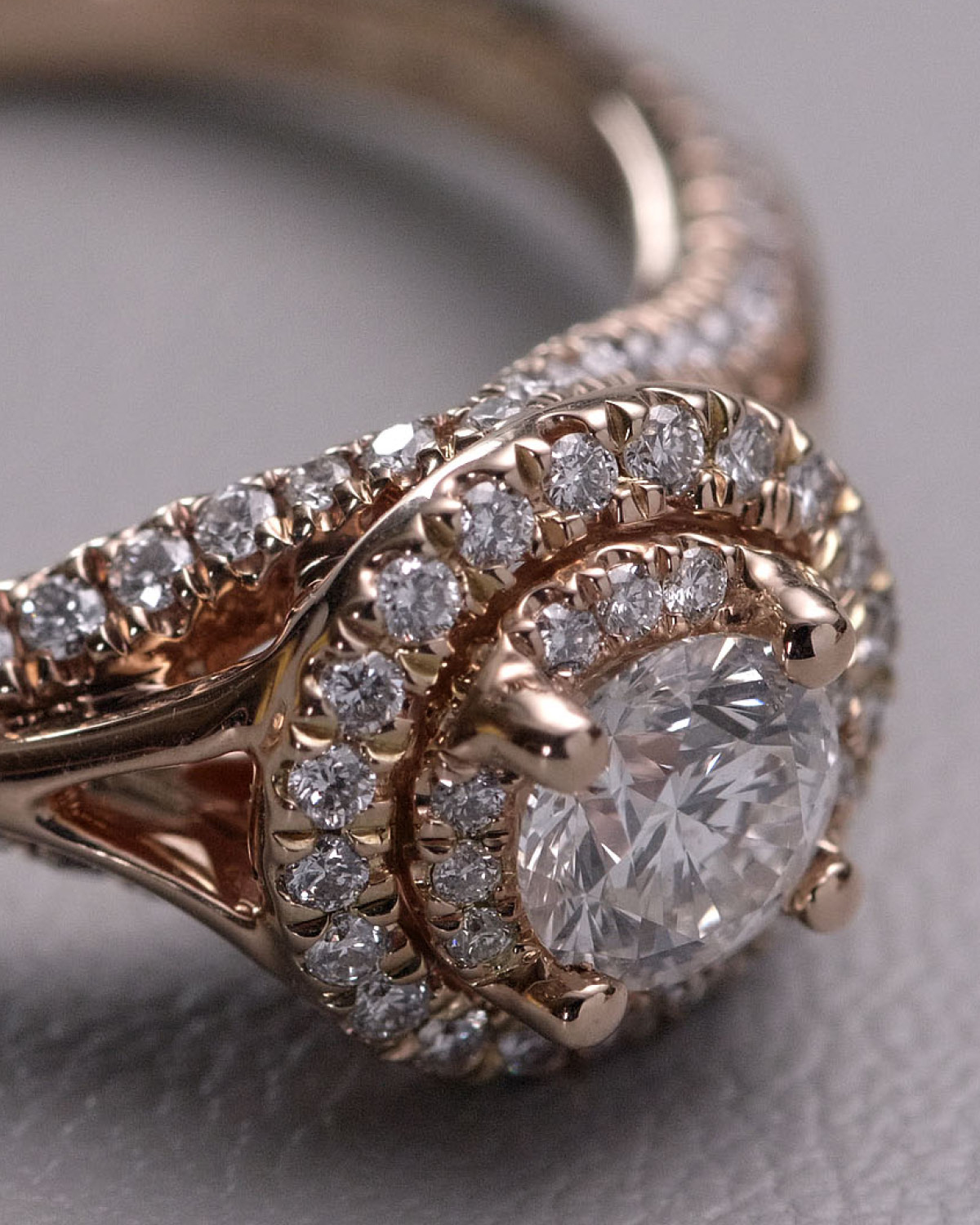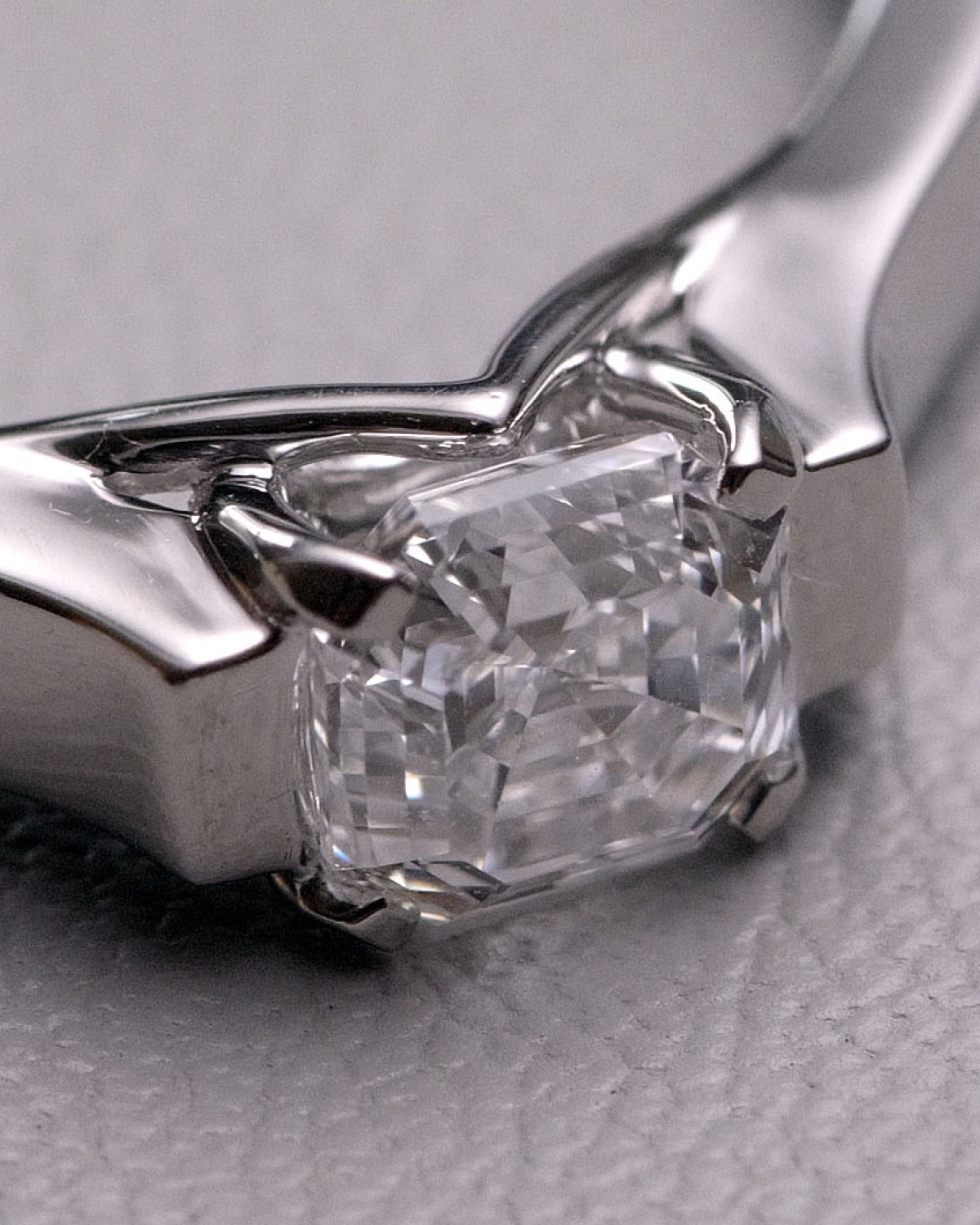The Asscher Family: In Pursuit of the Perfect Diamond
It was the most important day of Joseph Asscher’s career. King Edward VII selected him to cut the Cullinan diamond which, at 3,106 carats, was the world’s largest gem-quality rough diamond ever found, one destined to become part of the British crown jewels. If anything went wrong, he risked damaging or ruining the stone—and his reputation.
On February 10, 1908, the press and spectators crowded into his Amsterdam workshop to witness him cleave the historic stone. However, things didn’t go as planned. Despite months of preparation, when Asscher attempted to cut the diamond in two, his knife broke. Luckily the stone remained unscathed.
The incident didn’t deter the diamond cutter: four days later, Asscher made a second attempt, this time with a larger blade. It worked. He successfully cut the Cullinan diamond into nine D flawless, Type IIa diamonds—the most exceptional quality of stones—and 96 smaller gems. The largest stone among them, the 530 carat Cullinan I, is set in the British Sovereign’s royal scepter, which is on display at the Tower of London. Alongside the Hope Diamond and the Dresden Green Diamond, it is one of the world’s most famous and visited stones.
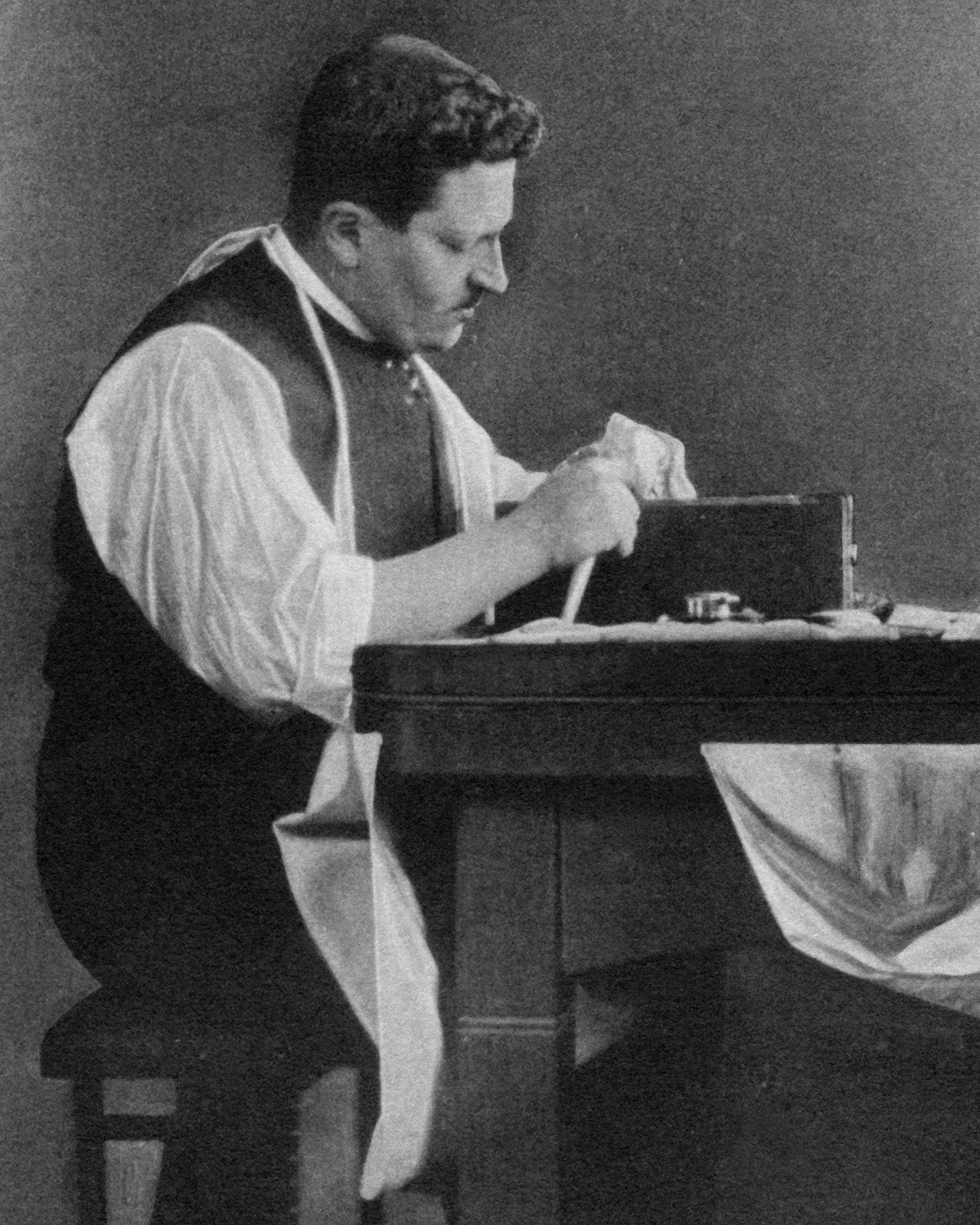

It’s All in the Diamond Cut
Joseph Asscher understood the importance of a diamond’s cut to unleash the stone’s inherent beauty and brilliance. At a time when diamond cutters relied solely on their intuition and experience to precisely cut the hardest substance known to man, Joseph showed tremendous patience and fortitude. After all, it was in his blood: Joseph had learned the trade from his father, who learned it from his father Isaac Joseph Asscher, who started the family business in 1854.
Joseph Asscher’s first lucky break came in 1903 when he was asked to cut the Excelsior diamond, a 997 carat stone, which, at the time, was the world’s largest diamond. From that mammoth stone, he created 11 exceptional diamonds, plus widespread recognition in Amsterdam’s burgeoning diamond cutting trade.
During this period, Amsterdam rose to become the center of the world’s diamond industry and began to receive from Brazil an increasing number of newly mined diamonds to be cut by the city’s ever-growing skilled workforce. Joseph Asscher and his brothers built a large workshop in the city’s diamond district, which, at its peak, employed more than 500 diamond polishers. While the Royal Asscher’s company headquarters remain in the main tower of the original building at 127 Tolstraat, but the old factory has since been converted to luxury apartments.

The Start of Something Big: The world’s First Patented Diamond Cut
In 1902 Joseph Asscher created the world’s first patented diamond cut, aptly called the Asscher Cut. For the next three decades the family earned a reputation as one of the best diamond cutting houses, until they lost everything during World War II. Following the war, they restarted the business from nothing.
Nearly a century after Asscher conceived the first patented cut, his great-grand nephews, Edward and Joop Asscher improved upon the original design by adding 16 additional facets to his formula, thus creating a 74 facet steep-cut square diamond, which further enhanced the diamond’s refractory qualities. They patented the new style as the Royal Asscher Cut.
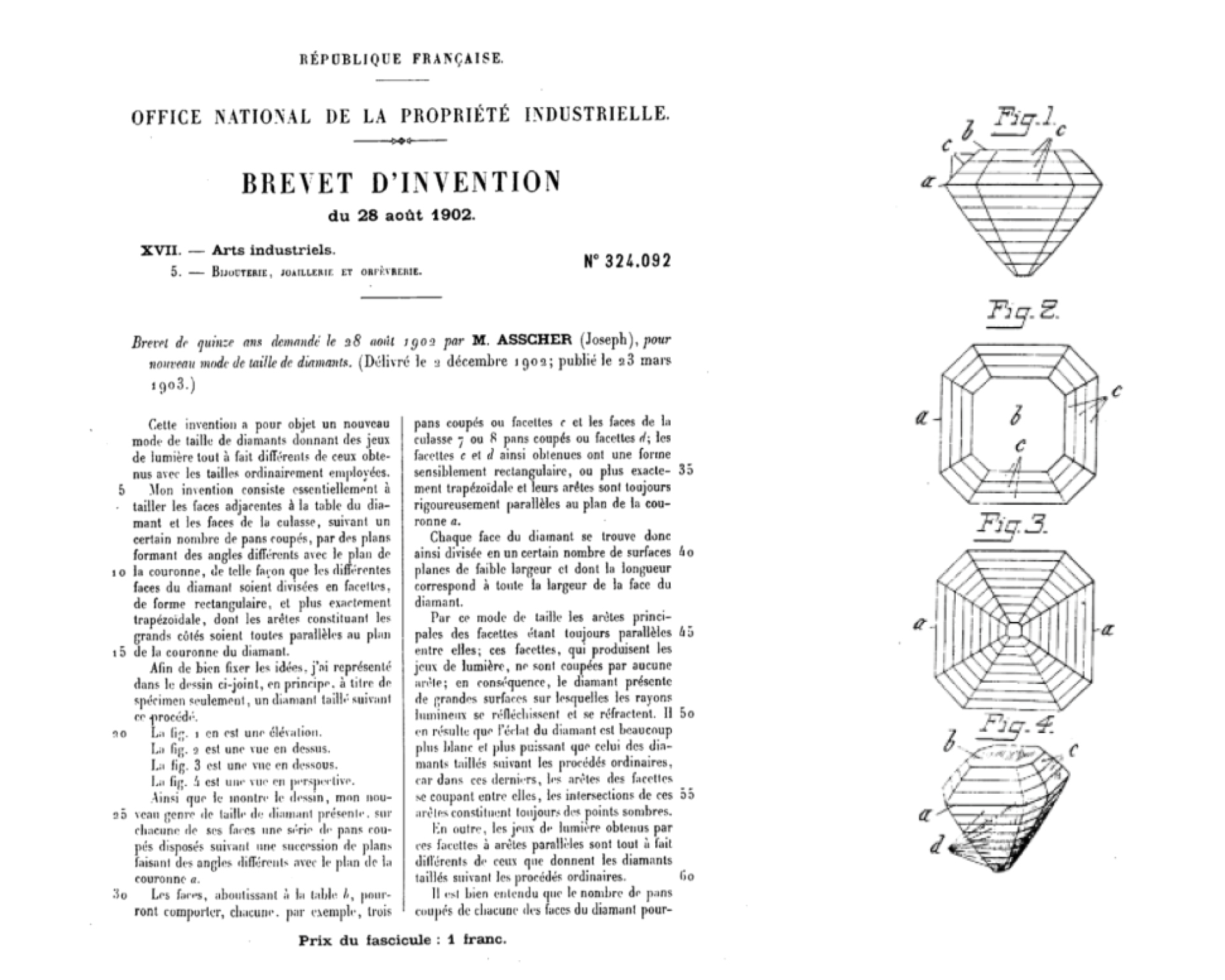
“We are still excited about the magic of diamonds.”
Lita Asscher
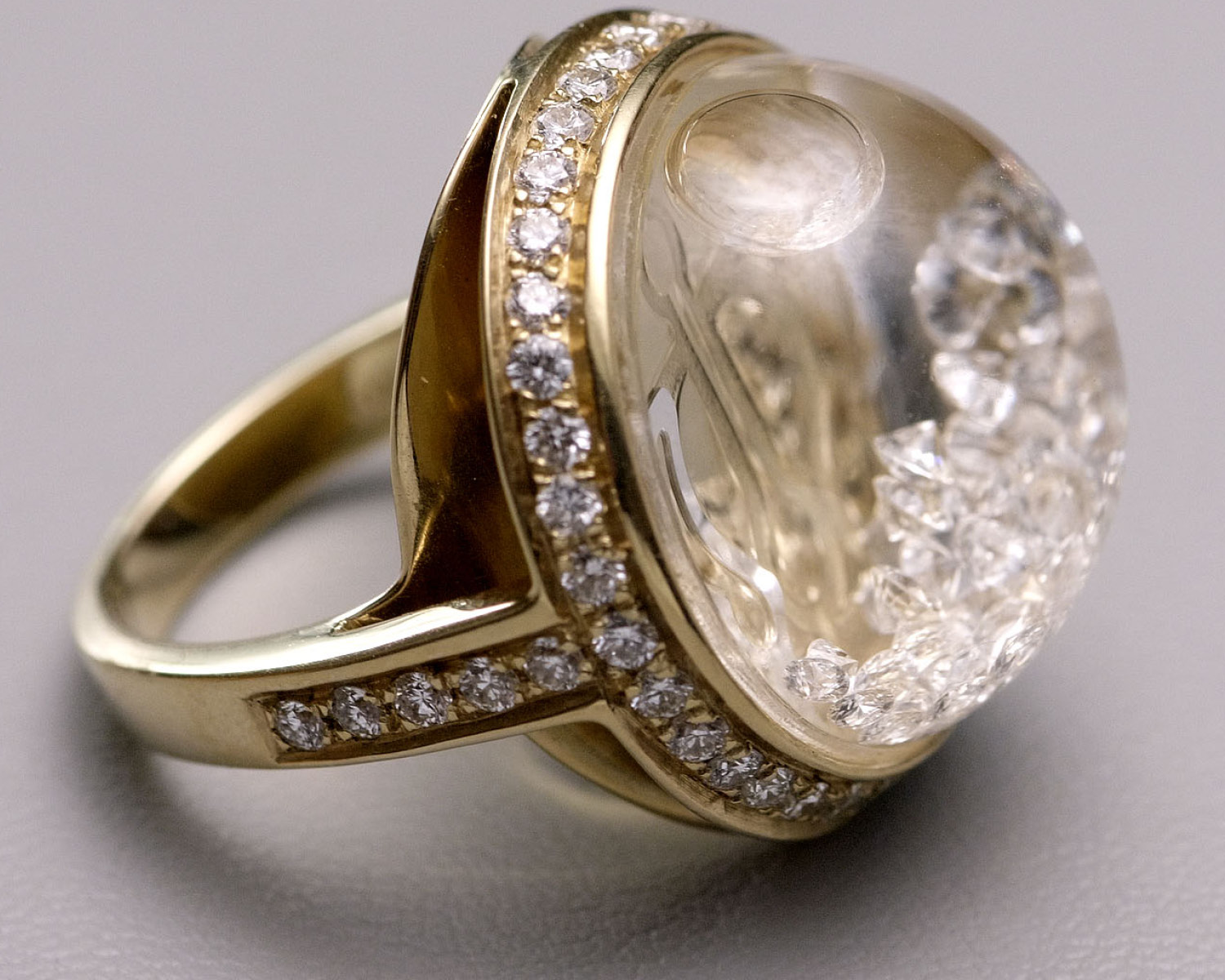
After heading the family business for more than 50 years, Edward Asscher retired last March and his children, Lita and Mike Asscher, became co-presidents. They have continued to build on the Royal Asscher legacy by adding a number of patented diamond cuts, including the Royal Asscher Oval Cut, Royal Asscher Cushion Cut and Royal Asscher Brilliant cut.
With each generation, the Asscher business has evolved but always with the same mission: to cut the world’s most exceptional diamonds. Today, the company also produces a collection of engagement and wedding rings and it continues to train new generations of diamond cutters.
“We are still excited about the magic of diamonds,” says Lita Asscher. “If we lose that, we will have to close our doors.”
